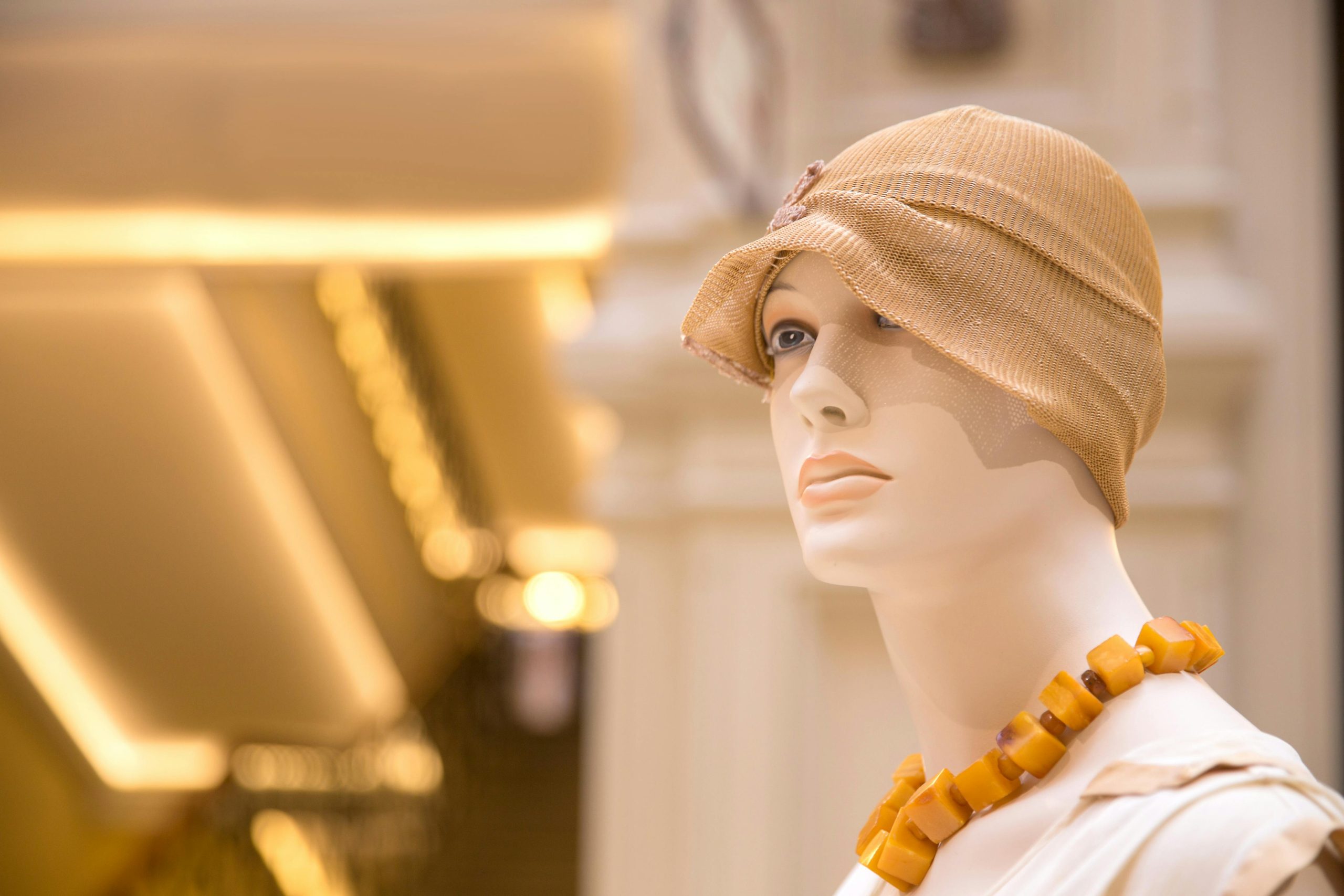Water less Dyeing Techniques
It’s no surprise that the textile industry is one of the largest consumers of water. At various stages of manufacturing and production, water is required. While water is an eminent part of the process, the industry is also responsible for polluting the environment with chemically-treated waste. Did you know? It takes an average of 1500 gallons of water to produce a single pair of blue jeans. Also, to produce one kilogram of textile material, 100-150 litres of water is used. Today, the availability of clean water has become a major sustainability challenge. If we don’t cut down on water usage, we’ll be left with absolutely no water. Textile processing companies understand this, and have thus switched to new technologies that help conserve and recycle water.
Textile dyeing is majorly responsible for polluting water globally. In order to colour or dye materials, large amounts of clean water are used. Besides that, it is an inefficient and energy-consuming process. Since chemicals are used to dye the fabrics, clean water turns into waste water. Fortunately, in recent years, new sustainable dyeing technologies have emerged. Amongst the most talked about is a Waterless Dyeing Technique.
What is Waterless Dyeing?
As the name implies, waterless dyeing is a process of dyeing fiber without using water or any harsh chemicals. The fabric’s colour is added directly to the molten plastic solution before the filaments are made. Filaments are further spun into yarn and the fabric is created by knitting them together. This dry-dyeing method does not make use of water at all. A few popular waterless dyeing techniques include membrane filtration, closed-loop systems, air dyeing, supercritical fluid dyeing and advanced dyeing techniques.
Fabric produced with waterless dye saves up to 134 litres of water. No chemicals are used in the dyeing process. Carbon dioxide is used to dye textile materials. However, the output is the same as conventional water-based methods. The supercritical carbon-dioxide method used is by far the cleanest. It was already being used in apparel dry cleaning. The best part is that it is relatively inexpensive and an inexhaustible resource.
Types of Water less Dyeing Technologies
Dye Coo
Dye-coo is a technology that makes use of carbon dioxide in the dyeing process. Using CO2 eliminates the use of water and processing chemicals. This further leads to a reduced energy consumption.
In this process, liquid CO2 is poured in the dyeing vessel. Because of the immense heat and pressure inside the vessel, CO2 is transformed to a fluid and this is the fluid that is used for dyeing. Once the fabric is dyed, CO2 leaves the vessel in the form of gas. IKEA and Nike are two big brands that are using Dye Coo technology to carry out water less dyeing.
Green dye
Karl Mayer launched an eco-friendly indigo-dyeing technique named Greendye. This patented technology dyes jeans without using water and 50% less chemicals. Compared to a conventional dyeing technique, this technology increases the dye pick-up by 3 times. It is done in a nitrogen atmosphere. This migration and diffusion of dyes in the process increases.
Air Dye
Air Dye is a technology by Colourep Inc. As the name suggests, the dyes are passed onto the fabric in the gaseous state thereby opening the structure of the fiber. Once the fabric has been dyed, it gets back to its original form. The colour accuracy is maintained as it uses a special software. In this technique, not just the yarn but the filament present inside it also gets coloured/dyed.
Looking at these techniques, several other companies are also coming up with waterless dyeing technologies. Fast-fashion brand, GAP, has its own waterless dyeing technology to produce denims and a smart denim wash program called Washwell.
Advantages of Waterless Dyeing Technologies
Reduction in Water Consumption
One of the most obvious benefits of using waterless techniques is that the water consumption is drastically-reduced. It helps companies and textile units in particular conserve water better without becoming a liability on the ecosystem.
Minimised Wastewater
Have you ever wondered where all the water from factories and manufacturing units goes? They contaminate streams, rivers, lakes and oceans owing to which biodiversity suffers. Since these techniques involve no water, generation of wastewater full of chemicals is significantly reduced. There is no water pollution and the impact on aquatic ecosystems is close to nil.
Colour Precision is Better
Compared to conventional dyeing techniques, waterless techniques are better. The result is enhanced colour quality and the colour is most consistent in the final product.
A Promising Future
Today, there is an increased demand for fresh water. By relying on waterless dyeing techniques, a large amount of clean water can be conserved. Also, just like any other industry, the textile industry is also moving towards a more sustainable future. It’s important for every company in textile manufacturing to shift to sustainable and eco-friendly processes. After all, fashion and environmental consciousness go hand-in-hand. The future of waterless dyeing technologies looks promising and is here to stay. When you choose to do a fashion design and management course in Bangalore, you get to learn about the global fashion industry through a sustainable lens and about the new, innovative strategies being adopted.




